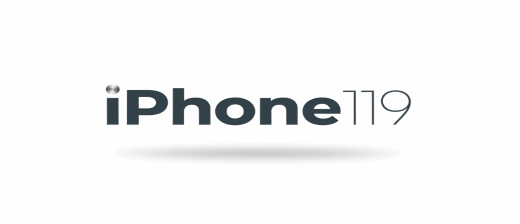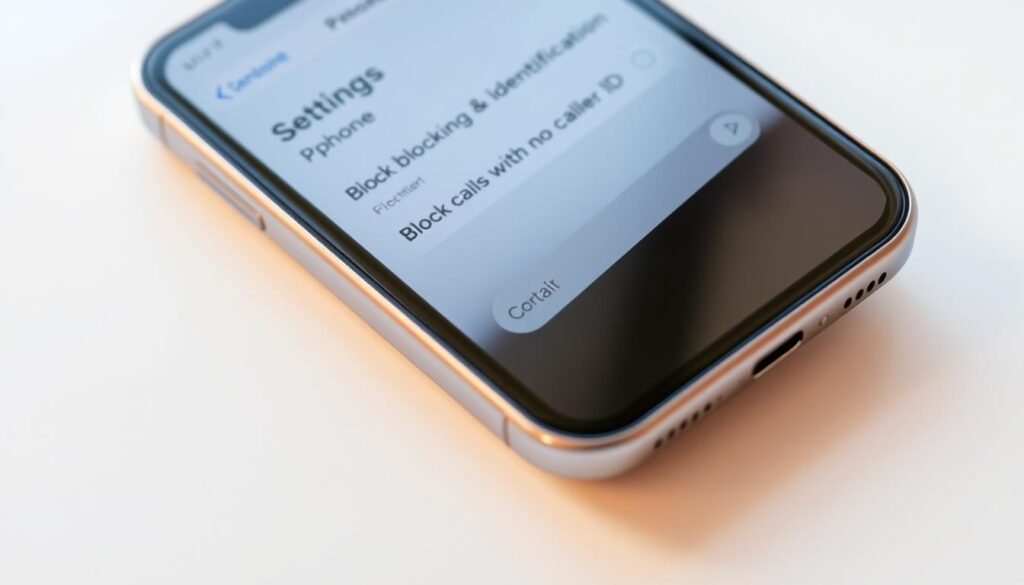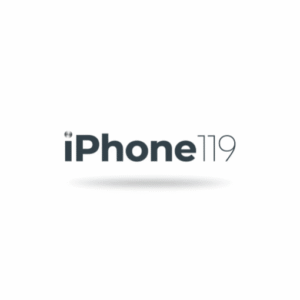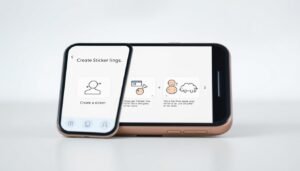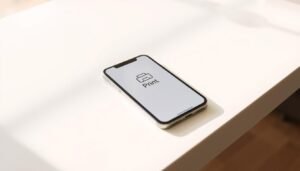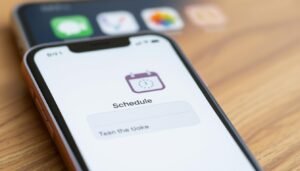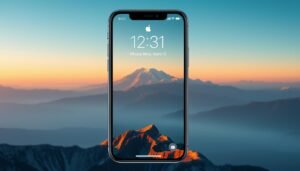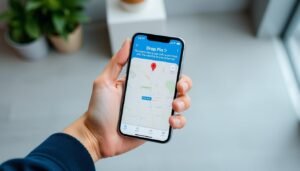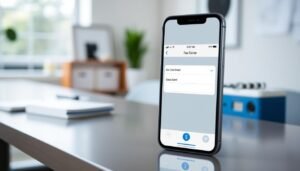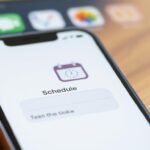Surprising fact: I learned that over 50% of the calls I get are from hidden or spam numbers, and that pushed me to take control fast.
I use Apple’s built-in tools to send unknown calls straight to voicemail. Silence Unknown Callers lives in Settings > Phone and it is my first line of defense.
When I expect an important contact, I flip a Focus mode that only allows calls from my Contacts. That keeps useful calls flowing while quieting the rest.
I also keep a dummy contact with the number 000-000-0000 and block that entry in Phone settings. It is a quick trick that stops persistent anonymous interruptions without losing control of my day.
Key Takeaways
- I use Silence Unknown Callers to route hidden calls to voicemail.
- Focus modes let only my saved contacts ring through.
- Creating and blocking a “No Caller ID” contact is fast and reversible.
- Carriers and apps add extra protection when spam increases.
- These methods are quick to toggle for important, time‑sensitive calls.
Why I Block “No Caller ID” on iPhone and What It Actually Does
Silent handling of anonymous calls gives me back control of my day.
When I enable silence unknown callers in Settings > Phone, my device routes calls from numbers not in my contacts straight to voicemail. Those missed calls still show in Recents, and voicemail notifications arrive so I can review messages later.
Focus (Do Not Disturb) can be set to Allow Calls From: All Contacts. That way, only people I saved will ring my phone. Both options are simple to reverse when I expect a delivery, a doctor, or a job call.
“This feature doesn’t reveal who’s behind a hidden number — it just keeps the ringer quiet and my attention on work that matters.”
I use these tools because unknown callers are often intrusive or risky. I check voicemail and Recents before returning any calls. This approach is one practical way I stay reachable for trusted contacts while minimizing interruptions.
| Feature | What it does | Result for me |
|---|---|---|
| Silence Unknown Callers | Routes unfamiliar numbers to voicemail | Fewer live interruptions; messages saved |
| Focus (Allow Contacts) | Lets only saved contacts ring | Important calls get through; others stay silent |
| Manual blocking | Add a contact or number to Blocked | Stops repeat nuisance calls from known numbers |
how to block no caller id on iphone: My Three-Step How-To
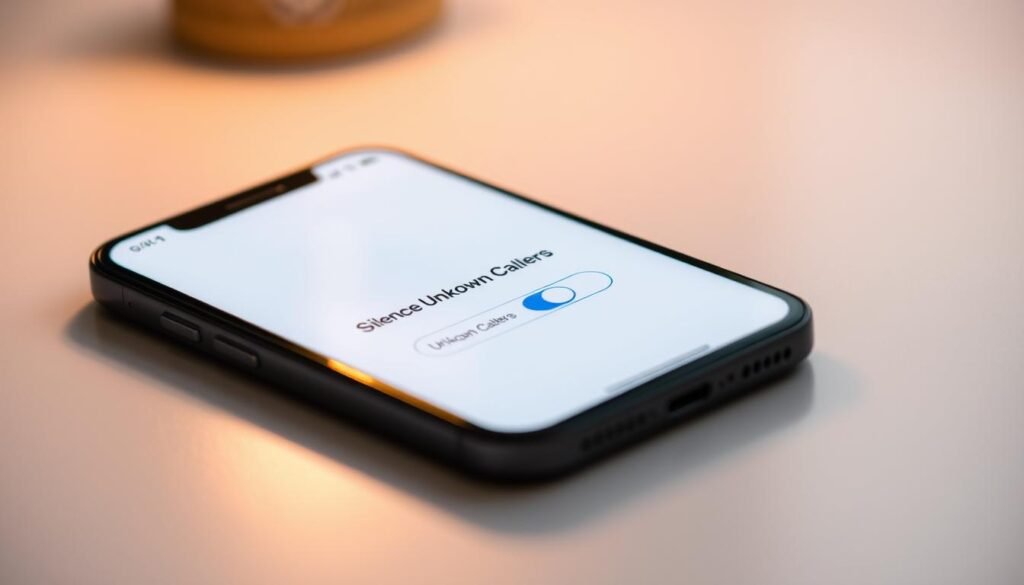
I walk through three simple steps that quiet unwanted rings and keep my day focused.
Step One
I open Settings > Phone and toggle silence unknown callers. Calls not in my contact list are silenced and sent to voicemail, but they still appear in Recents so I can review them later.
Step Two
Next I set a Focus profile in Settings > Focus > Do Not Disturb. Under Allow Notifications > People I pick “Allow Calls From: All Contacts.” This ensures saved contacts ring while unknown callers stay quiet.
Step Three
I create a fake contact named “No Caller ID” with the phone number 000-000-0000, save it, then tap Block this Caller. Some users add +000000000 or several similar entries if patterns persist.
- I flip on silence unknown callers first for the fastest result.
- I fine-tune Focus so trusted contacts still reach me.
- I add a fake contact as a practical workaround and enable Call Blocking & Identification after installing any filter apps.
“I check voicemail and Recents regularly and pause protections when I expect important calls.”
Block caller calls with carrier tools in the United States
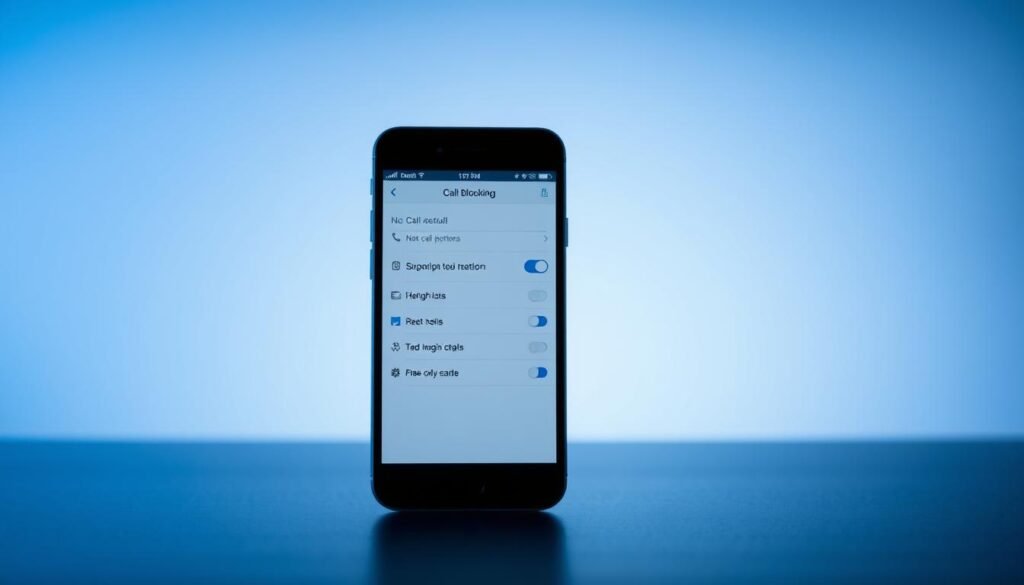
My wireless carrier adds a strong layer of protection that catches many spam calls before my phone rings.
I use AT&T Call Protect and a few star codes as a fast example of network filtering. Dial *77 to turn on anonymous call rejection and *87 to turn it off. I also use *61 to block the last number that called me, and some lines support *60 or *80 for selective blocking.
Verizon Call Filter and T‑Mobile Scam Shield provide free and paid tiers. They add spam labeling, risk scores, and network blocking that work with my iPhone settings.
- I check my carrier app for a current list blocked callers and adjust any trusted numbers that were flagged.
- I review pricing and support pages before enabling premium features so I avoid unwanted charges.
- I test star codes quickly, then save the best way block caller patterns in my routine.
“Carrier tools and phone settings together give me flexible control over unwanted calls.”
| Carrier | Key service | Common codes or feature |
|---|---|---|
| AT&T | Call Protect | *77 on, *87 off, *61 block last call, *60/*80 selective |
| Verizon | Call Filter | Free labeling, premium spam risk detection |
| T‑Mobile | Scam Shield | Spam labeling, network blocking, free and paid tiers |
Stronger blocking with trusted call‑blocking apps
I rely on third‑party apps that add a smarter layer of screening before my phone rings.
I install reputable apps like TrapCall, Robokiller, and Truecaller, then enable them under Settings > Phone > Call Blocking & Identification. This lets iOS use their databases while my device still respects my contacts and focus rules.
Key features I look for
- Spam ID and real‑time warnings so I can ignore risky calls without answering.
- Reverse phone lookup that shows a suspected name or phone number before I pick up.
- Custom rules and white lists that prevent over‑blocking important contacts.
- Clear privacy info, solid ratings, and iOS compatibility before I subscribe.
“After enabling an app and checking its settings, I watch the filtered list and whitelist any number I actually need.”
| App | Main feature | Notes for me |
|---|---|---|
| TrapCall | Unmasks blocked numbers, reverse lookup | Good for identifying repeat anonymous attempts; subscription required |
| Robokiller | Real‑time spam blocking, answer bots | Strong spam database and custom rules; watch for false positives |
| Truecaller | Spam ID, community reports | Large database and live warnings; check permissions and pricing |
I monitor results for a few days and tweak rules so calls from businesses or contacts still get through. I keep the app updated so its spam database recognizes new campaigns.
Smart settings so I don’t miss important calls
I keep smarter rules so important calls never slip through while the rest stay quiet.
Quickly pause Silence Unknown Callers when I expect deliveries or appointments
When I expect a delivery, clinic follow‑up, or recruiter, I temporarily turn off silence unknown callers in Settings > Phone. This gives my phone permission to ring for time‑sensitive calls.
After the window ends, I flip the protection back on so the filters resume guarding my day.
Let voicemail and notifications catch unknown callers safely
I rely on voicemail as a safety net. Unknown numbers leave messages and a notification arrives so I can review content before returning a call.
Checking Recents and notifications lets me spot legit contacts quickly and return important calls without interrupting focused work.
Schedule Focus modes for work, sleep, and personal time
I create Focus profiles that match my routine and set Allow Calls From to my contacts or a select group of people. That keeps nonessential rings silent during meetings or sleep.
Scheduling these modes makes switching fast. I can toggle simple settings in seconds, then restore protections when I’m done.
“I treat this as a balance between peace and availability, adjusting filters as my week changes.”
- I pause filters when I expect urgent calls so important calls reach me.
- I let voicemail capture unknown numbers and check notifications before returning any call.
- I keep key numbers in my contact list so they bypass filters and reduce missed opportunities.
| Action | When I use it | Benefit |
|---|---|---|
| Pause silence unknown | Deliveries, appointments, interviews | Phone rings for urgent calls |
| Voicemail + notifications | Any time filters are active | Messages saved; I decide if I call back |
| Scheduled Focus | Work, sleep, family time | Only chosen people can reach me |
Extra protection: National Do Not Call Registry and compliance basics
Signing up for the National Do Not Call Registry gave me a legal layer that many companies respect.
I add my number through the FTC website to the national call registry. This reduces legitimate sales calls to my phone. It won’t stop scammers who ignore rules, but it cuts the volume of lawful telemarketers.
I keep a short log of unwanted calls and report repeat violations to the FTC. That creates records enforcement can use and helps support consumer protection efforts.
I pair the registry with carrier services and my phone settings for layered protection. I also confirm my registration now and then so my number stays listed.
“The registry helps with compliance by firms that follow the law, but savvy scammers often slip through.”
- I register my number with the national list to cut telemarketing.
- I report repeat offenders and keep records for the FTC.
- I contact carrier support when I need help with filters or call labeling.
| Method | What it does | Best use |
|---|---|---|
| National call registry | Flags number for compliant telemarketers | Reduces legal sales calls; use for long-term cuts |
| Carrier services | Network labeling and blocking | Works in real time with my phone settings |
| Call‑filter apps | Third‑party spam detection and rules | Good for smart blocking and reverse lookup |
Conclusion
I keep a simple set of steps that gives me quiet without losing contact with people who matter.
My go‑to trio is Silence Unknown, a Focus profile that allows only my contacts, and a fake contact (000‑000‑0000) I can block. These three settings are fast to toggle and effective at stopping unknown callers while letting trusted calls ring.
I add carrier filters or trusted apps when spam rises, and I let voicemail collect messages from any number I might need. I also registered my phone number with the Do Not Call list for fewer sales calls.
Layering features, apps, and common sense keeps my phone calm. Use this simple plan today and share it with friends who want the same peace.
